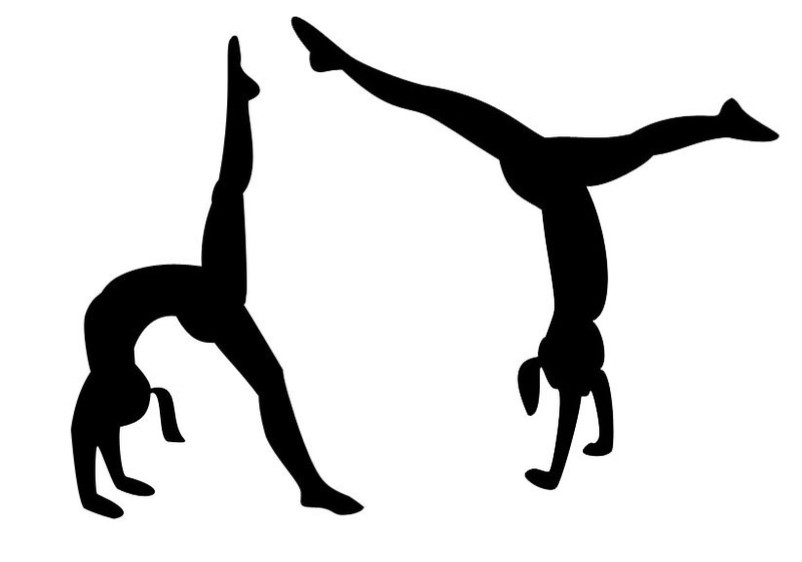
 As college students, faculty, and staff around the country approach mid-term season, I decided this would be a good time to write about Myers-Briggs and good old-fashioned stress! To that end, I have added descriptions of each of the 16 types in stress to the type description pages.
As college students, faculty, and staff around the country approach mid-term season, I decided this would be a good time to write about Myers-Briggs and good old-fashioned stress! To that end, I have added descriptions of each of the 16 types in stress to the type description pages.
The topic of Myers-Briggs and stress is quite deep and fascinating, and I plan to write more about it moving forward. That being said, I think it is important to at least glance at the process individuals go through as stress progresses, which requires a look at type dynamics.
Each type has:
- A dominant (favorite) function (either S, N, T, or F), which is used on the outside for Extraverts and the inside for Introverts. If you are an ST, this will be either Sensing or Thinking, depending on first and last letter of your type.
- A secondary (auxiliary or second favorite) function (either S, N, T, or F), which is used in the opposite direction of the dominant function. If you are an ST, this will be either Sensing or Thinking, depending on first and last letter of your type.
- A tertiary function (third favorite) function (either S, N, T, or F), which is a letter that does NOT appear in your 4-letter type. If you are an ST, this will be either Intuition or Feeling, depending on first and last letter of your type.
- An inferior function (least favorite) function (either S, N, T, or F), which s in every way opposite your dominant preference. If your dominant preference is Extraverted Thinking, your inferior process will be Introverted Feeling.
- You can check out your type description to read about the order of your preferences. If this makes your head hurt, feel free to just read the stress descriptions. You are not alone! 🙂
Under normal circumstances, your dominant and secondary preferences work together to help you gather information and make decisions, and your tertiary preference is used less often, as needed. You may find that you use your inferior function in leisure time, but it is not typically relied on in every day life, unless heavily required by work or school.
Stress can initially cause an exaggeration of your dominant preference. If you are a dominant Sensing type, for instance, this may look like being more meticulous with details than usual. If stress becomes overwhelming, the inferior function takes over, and it creates an experience of being “in the grip”. During this state, people report doing and thinking things that are totally out of character for them under normal circumstances.
This is just a tiny glimpse into the process of how types react under stress. This topic is a huge focus for one of the biggest names in MBTI®, Naomi Quenk. She has spent years researching this topic, and she has written two books on the topic, both of which I used as resources in writing the type descriptions for stress. The books are called In the Grip: Understanding Type, Stress, and the Inferior Function and Was That Really Me?: How Everyday Stress Brings Out Our Hidden Personality. When people ask me which books they should read to learn more about Myers-Briggs, I always say Gifts Differing, to get the basics down, and Was That Really Me?, to gain deep and meaningful information on how type impacts our daily lives and some of our most difficult moments. I hope you will read one or both of these books to learn more about yourself, your loved ones, and even people you have a difficult time understanding. I would love to hear any stories you have about type’s impact on stress.







Pingback: The Four Function Pairs | Personality Playbook
Pingback: Type Dynamics: Part 1 | Personality Playbook
Pingback: Type Dynamics: Basics and Rationale | Personality Playbook
Pingback: Type Dynamics: The Formula | Personality Playbook
Pingback: [ENTJ] ENTJs , icky subject , but how do you cope with the Fi grip? - Page 4